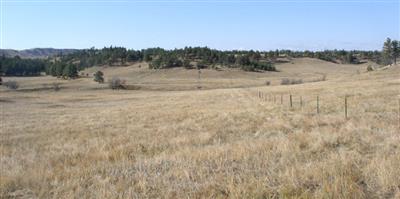The editors of a special issue of Rangelands journal say while $256 billion over the last 35 years (adjusted for inflation) is a staggering price tag, the true cost of drought in the U.S. is far greater. In a downloadable issue released in August, they have assembled 12 articles, representing new perspectives and ways to measure, monitor and adapt to changing conditions.
The special issue, called Drought on Rangelands: Effects and Solutions, is available free at bit.ly/rangelandsjournal.
“Tools and strategies to manage for drought can help land managers, ranchers, policymakers and others become more proactive,” said Windy Kelley, Regional Extension program coordinator of the USDA Northern Plains Climate Hub and one of the issue’s editors.
The term rangeland encompasses various open-space habitats grazed by domestic animals and wildlife. According to the Society for Range Management, which publishesRangelands, this includes the largest remaining tracts of native plant communities in North America, encompassing deserts, grassland, shrubland and forest.
The special issue of Rangelands emphasizes a proactive approach to drought planning and adaptive rangeland management. Subjects include assessing vulnerability; droughts and wildfire; matching animals to the environment; extension and outreach; and experiences of range managers in Western states. Policy implications for a changing climate are considered.
Climate tools include drought early warning systems under development and the recently launched Soil Moisture Active Passive (SMAP) satellite, which provides drought monitoring data to help inform on-the-ground decision making. Ten USDA climate hubs are delivering science-based weather and climate information that is designed to be accessible and useable.
“It is our collective desire that this special issue of Rangelands will bring to the forefront recognition (of issues and) collaboratively enhance decision making for drought and rangelands,” the editors wrote.
The issue was co-edited by Kelley and John Derek Scasta, assistant professor and extension range specialist in the University of Wyoming Department of Ecosystem Science and Management.
Sponsorship for the special issue was from the Oklahoma State University Fire Ecology Trust Fund and the USDA Northern Plains Climate Hub.
Source: University of Wyoming Extension
Photo courtesy of USDA NRCS


